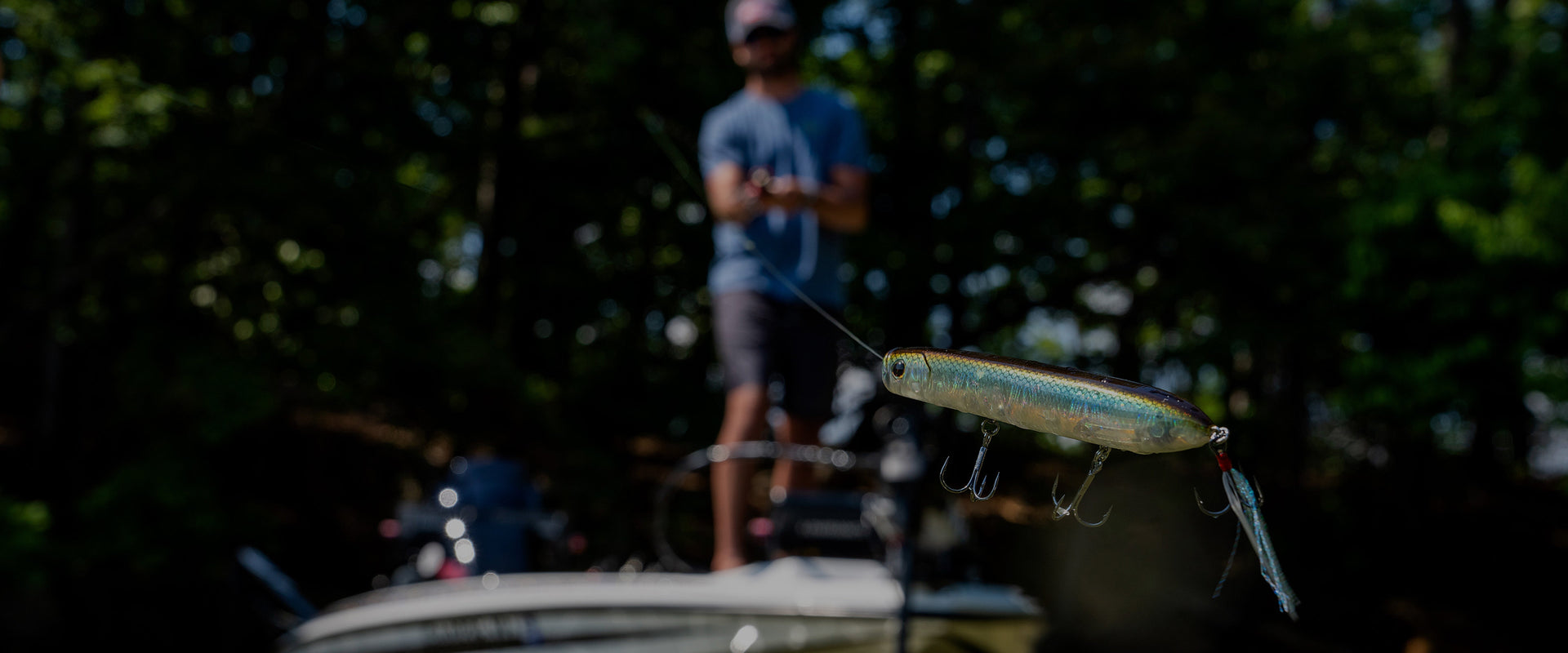
A simple guide to help you choose the right fishing line—whether it’s braid, monofilament, or fluorocarbon—based on your fishing needs.
Read More >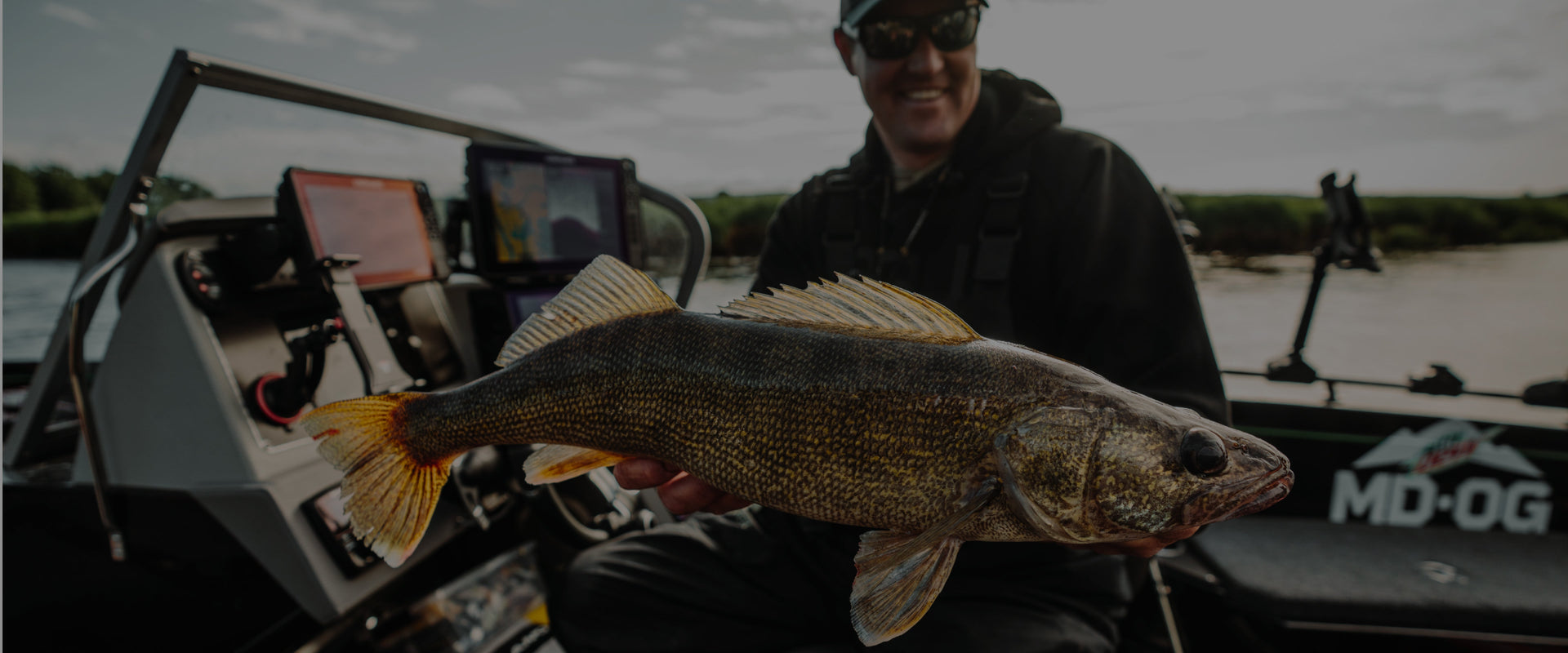
18 Stories

A simple guide to help you choose the right fishing line—whether it’s braid, monofilament, or fluorocarbon—based on your fishing needs.
Read More >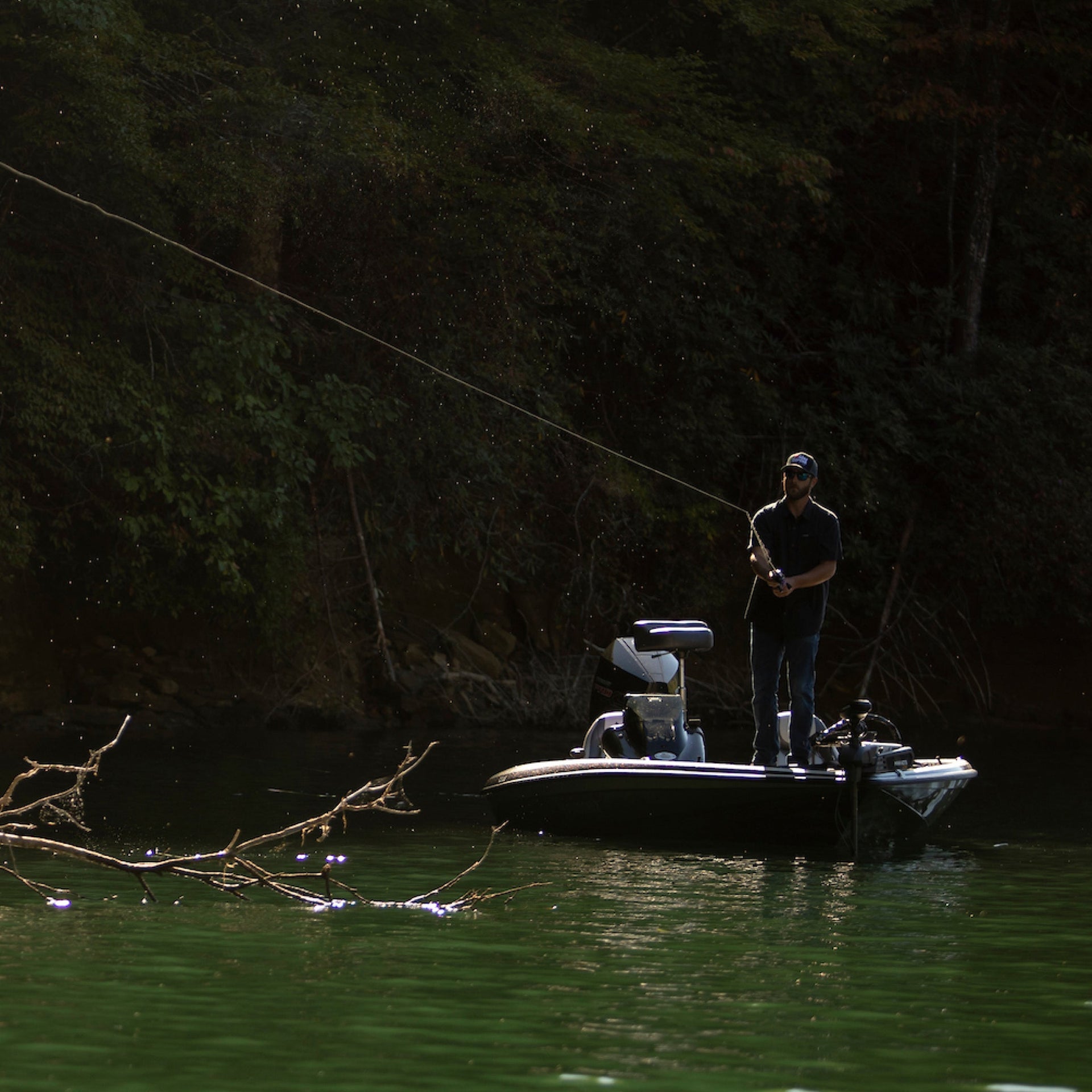
Discover why braided fishing line is a top choice for strength, sensitivity, and durability, ideal for heavy-duty fishing in freshwater.
Read More >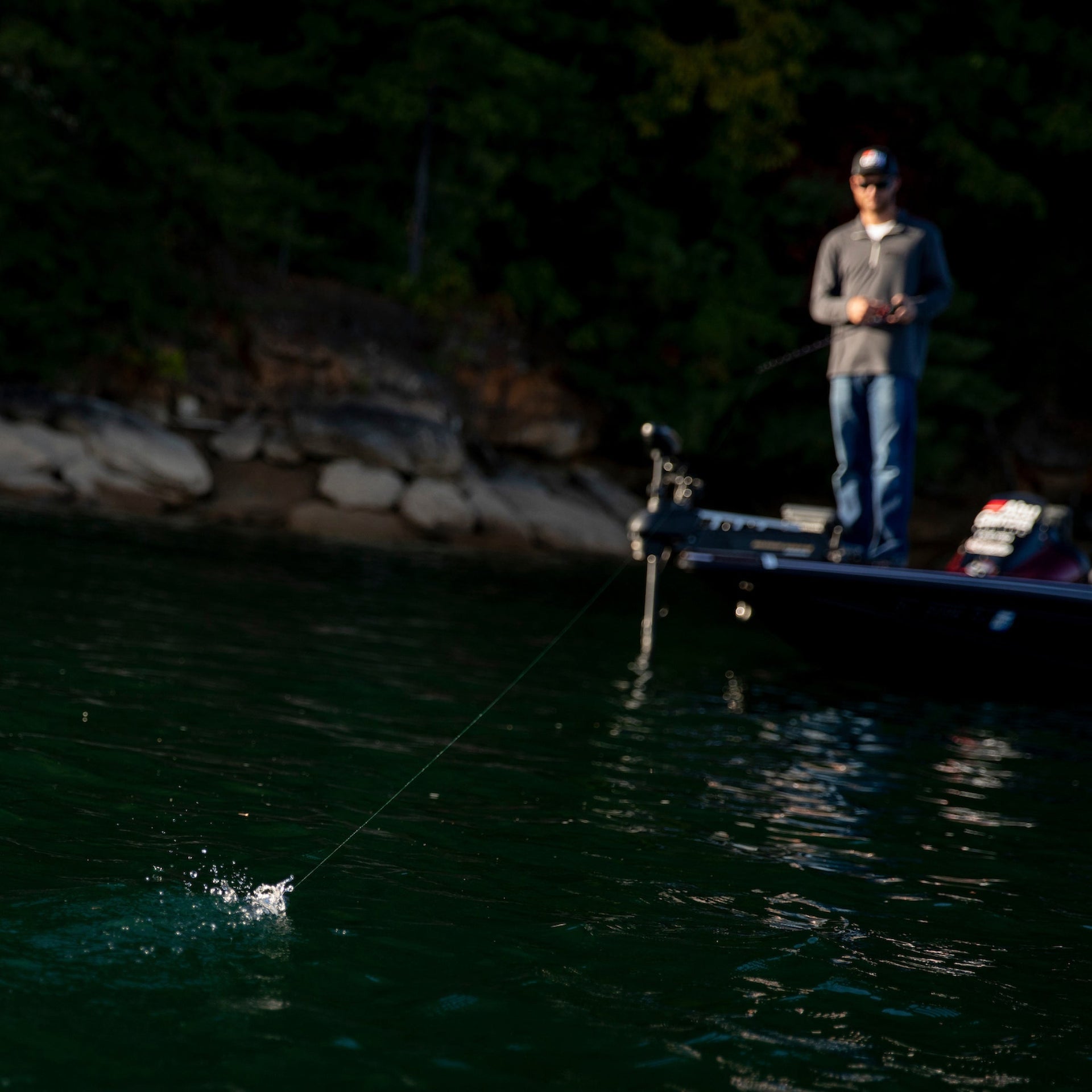
Find out why fluorocarbon lines are nearly invisible in the water, making them perfect for clear water fishing and finesse...
Read More >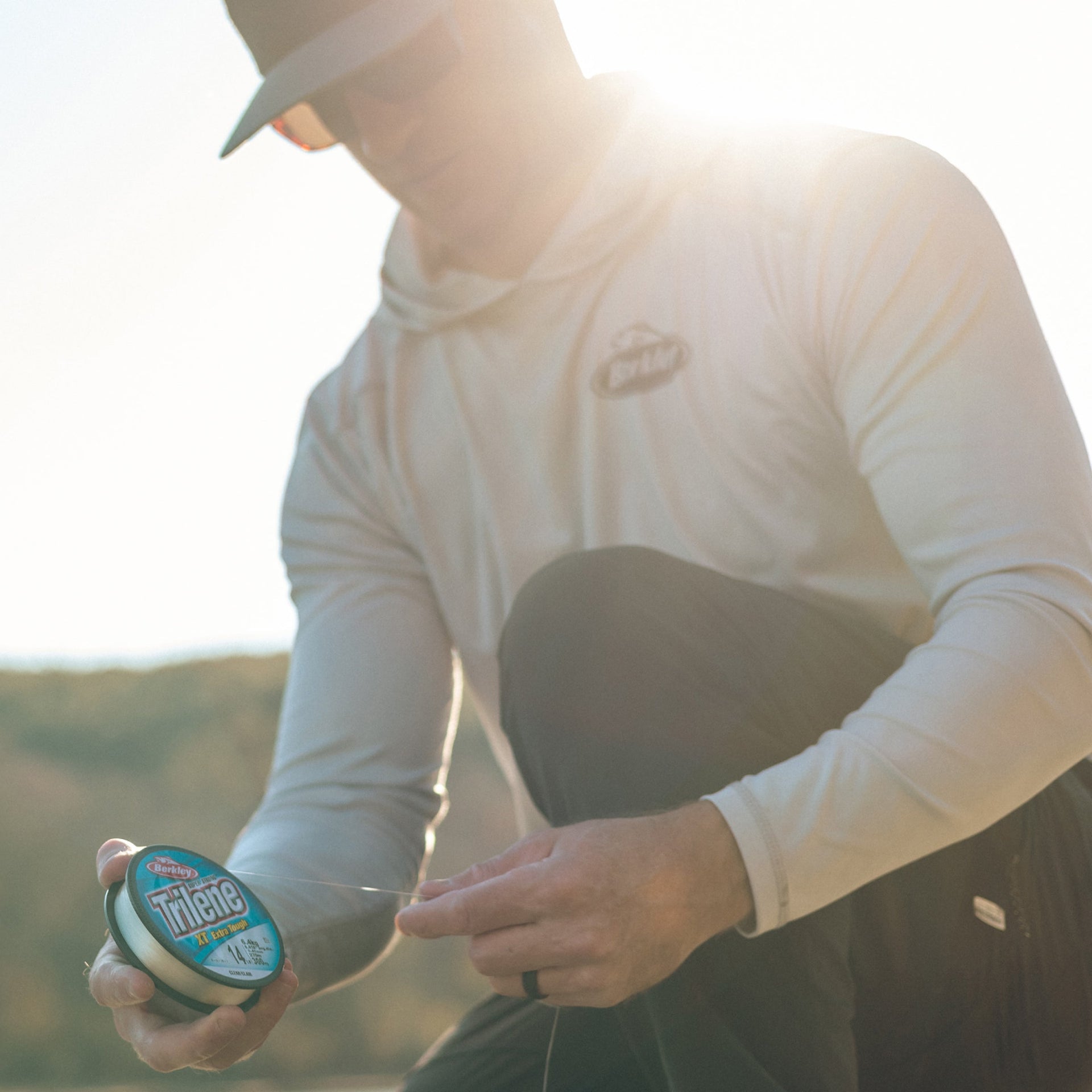
Monofilament lines are stretchy, easy to use, and versatile. This guide shows you why they’re a great option for all...
Read More >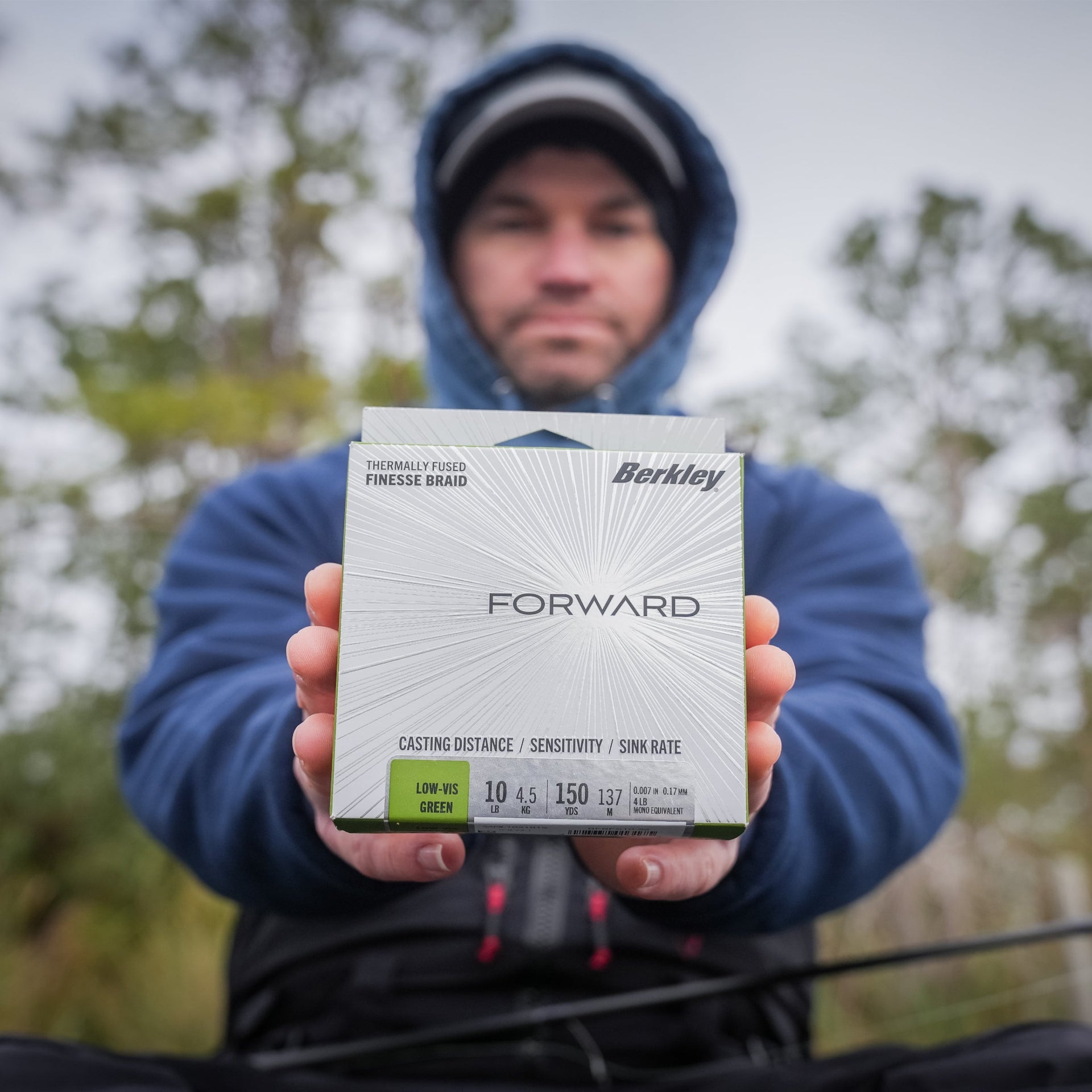
Learn about Berkley's Forward Braid line, designed for durability and strength, making it perfect for tough freshwater fishing adventures.
Read More >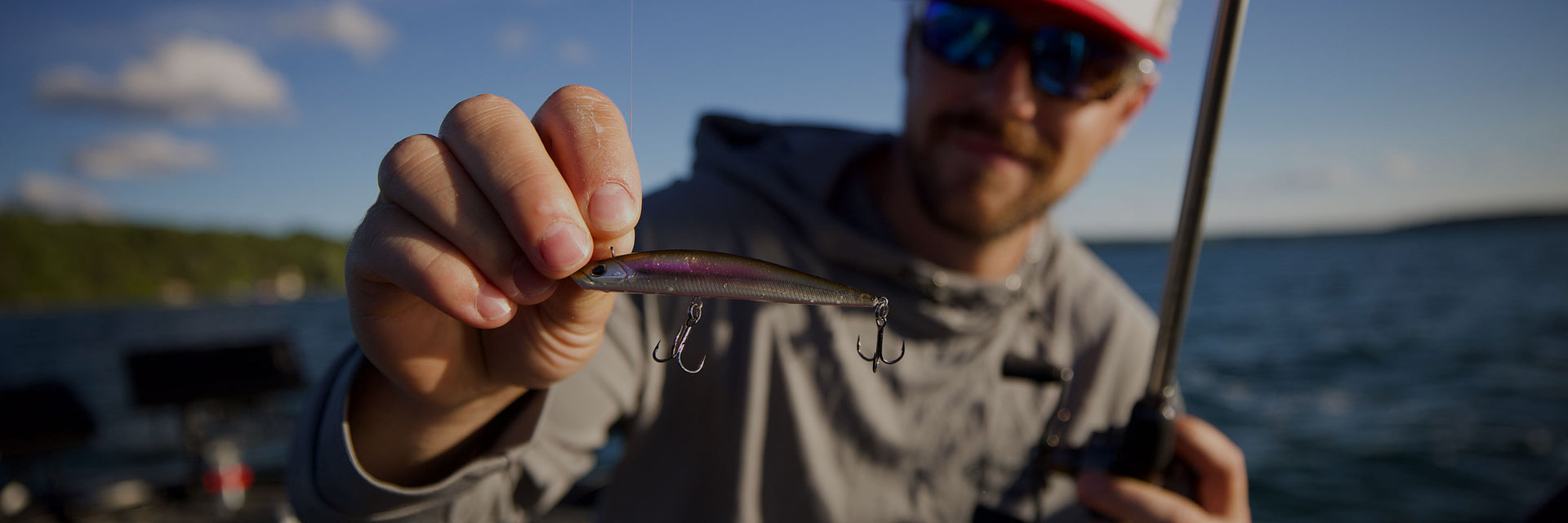
Follow Berkley-sponsored anglers as they dominate fishing tournaments with expert strategies and tips that you can use for your own...
Read More >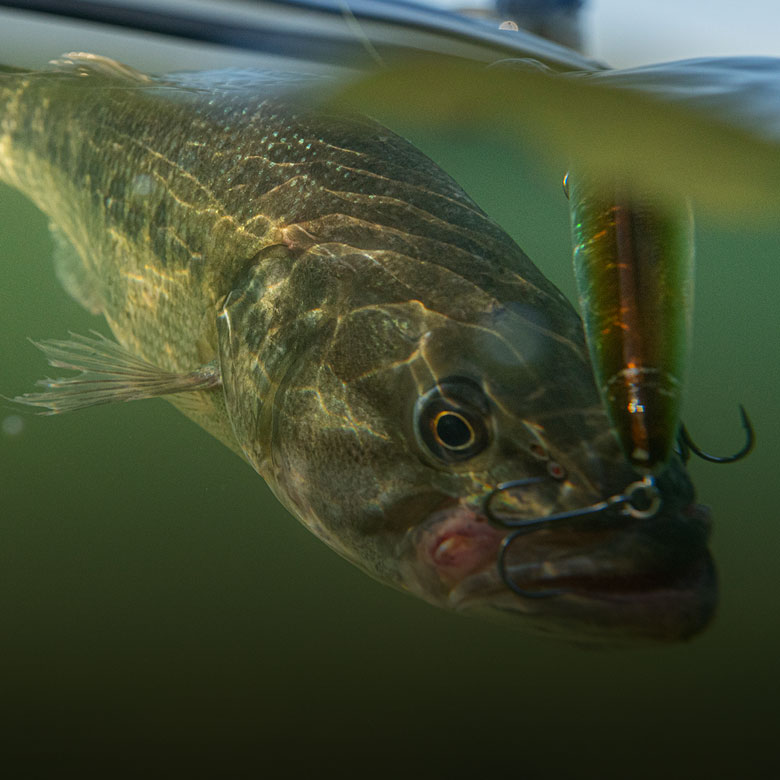
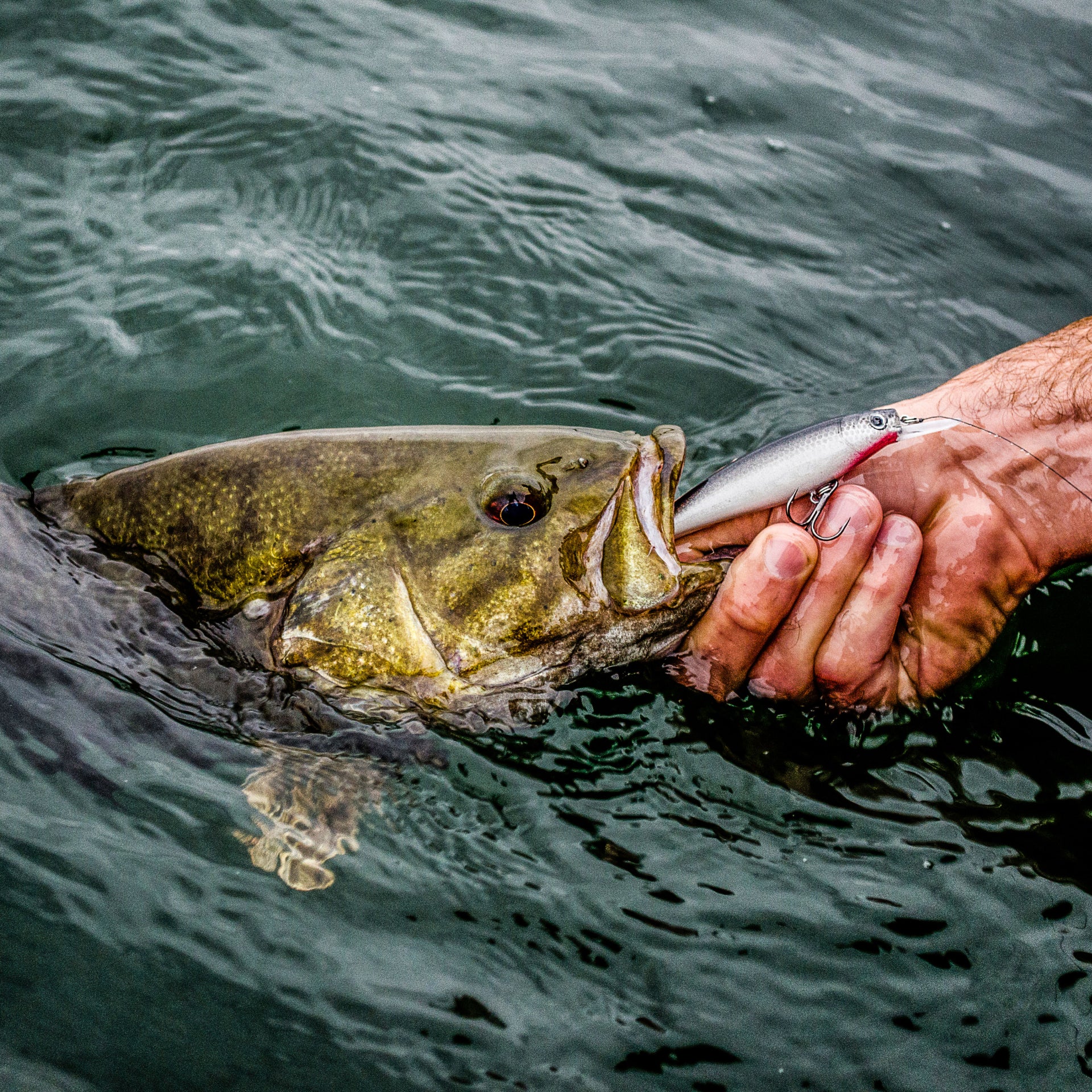
Forget oily attractants! Learn about new scent-based fish attractants that are more effective without the mess and oil.
Read More >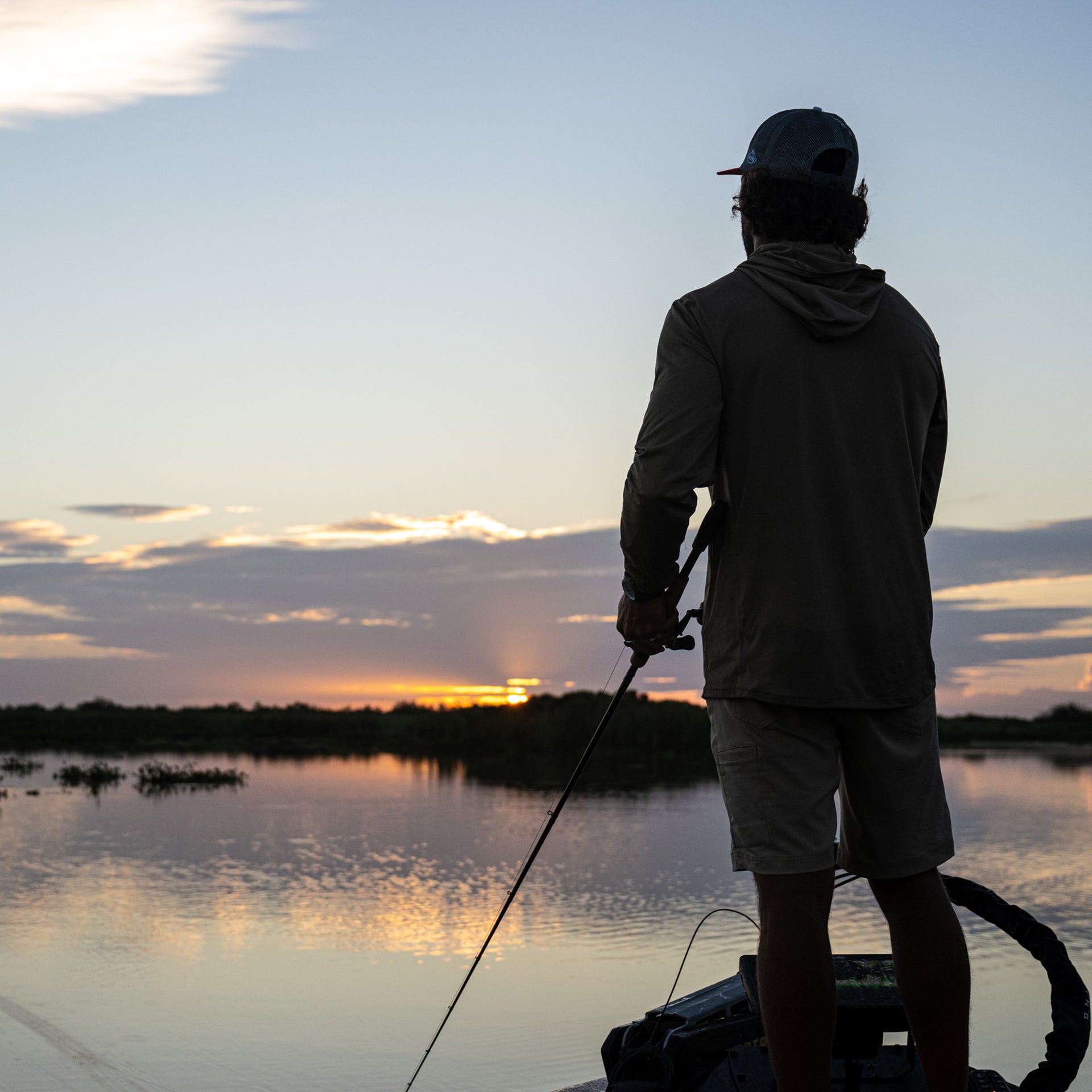
Want to know whether power or finesse fishing is best for you? This guide helps you choose the right technique...
Read More >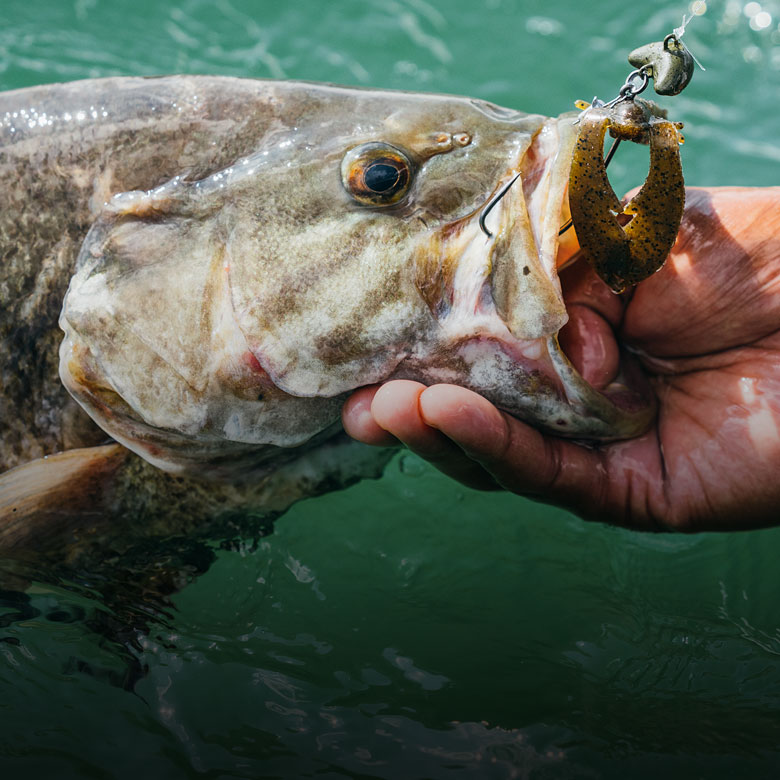
Cold fronts change fish behavior. Get expert tips on how to adapt your fishing strategy and improve your chances of...
Read More >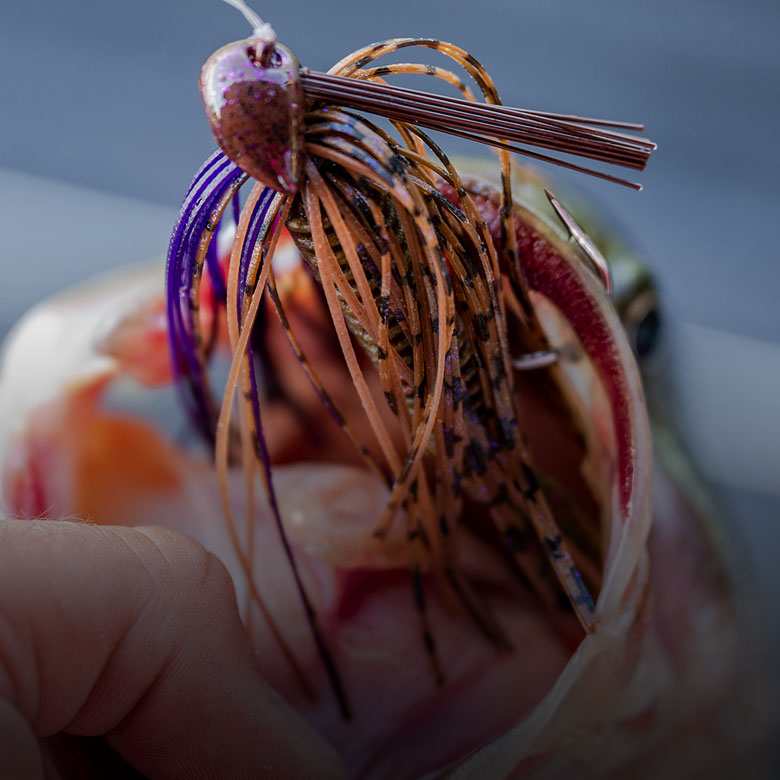
Curious about bass color preferences? This article helps you choose the right color bait to catch more bass, backed by...
Read More >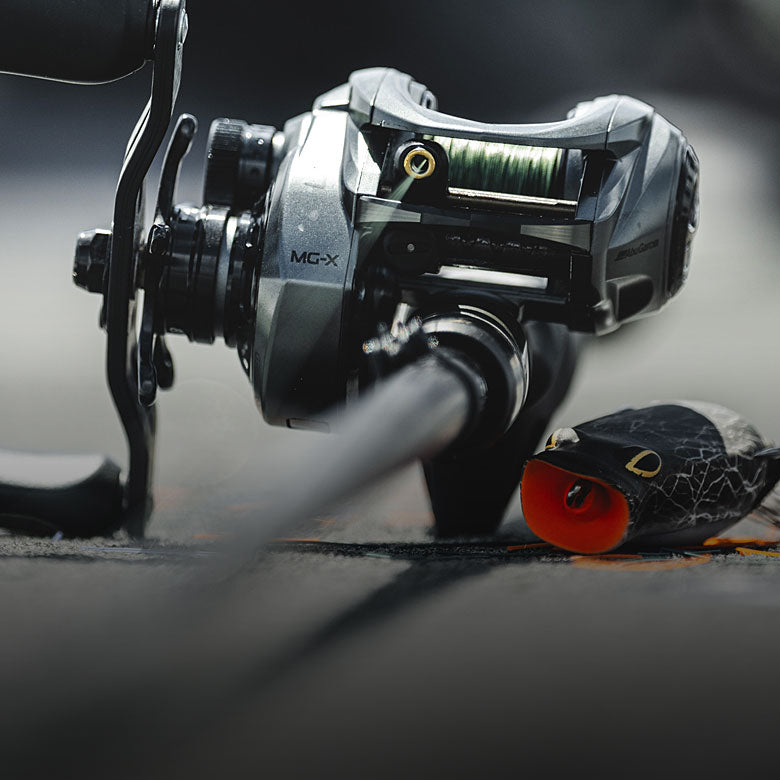
Choosing the right fishing line doesn’t have to be complicated. This guide makes it easy to pick the best line...
Read More >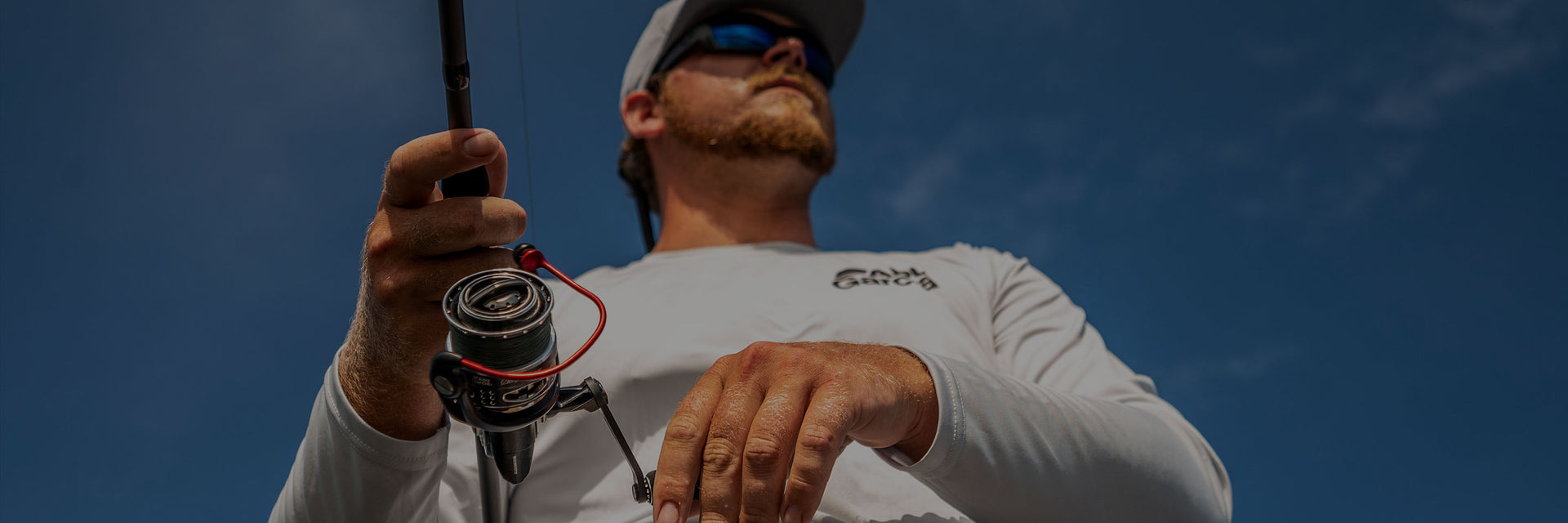
Learn how to spool your spinning reel the right way—avoid tangles and make sure your line works perfectly when it’s...
Read More >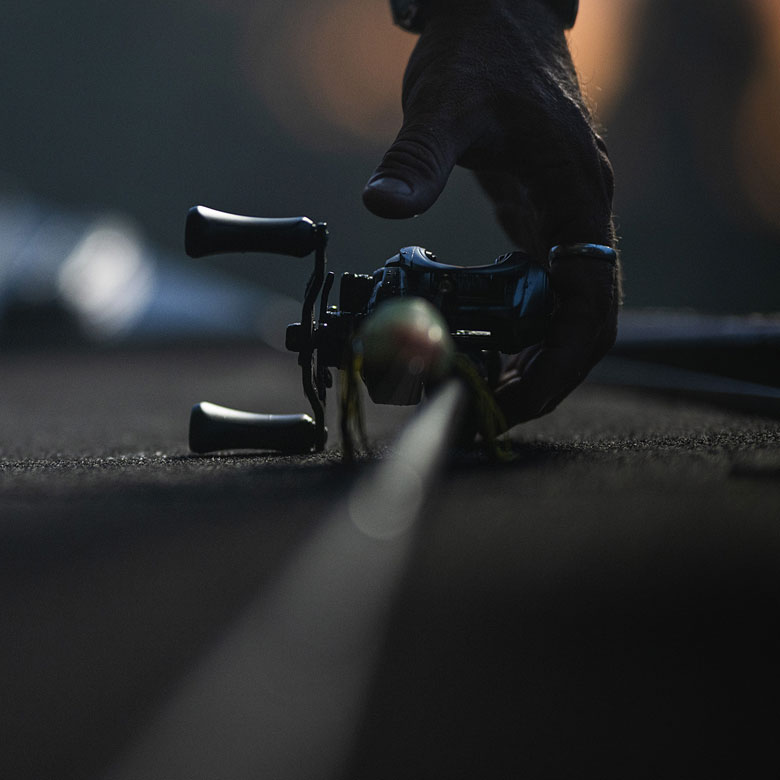
Monofilament lines are easy to handle and work well in many situations. This guide explains why they’re a great all-around...
Read More >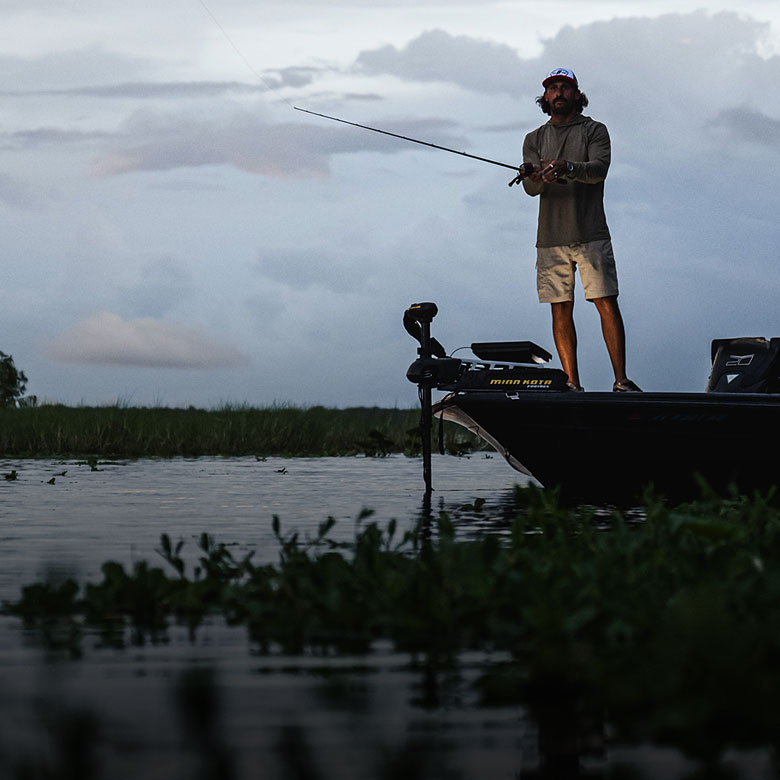
Berkley is focused on creating sustainable fishing products and advancing fishing technology to protect the future of the sport.
Read More >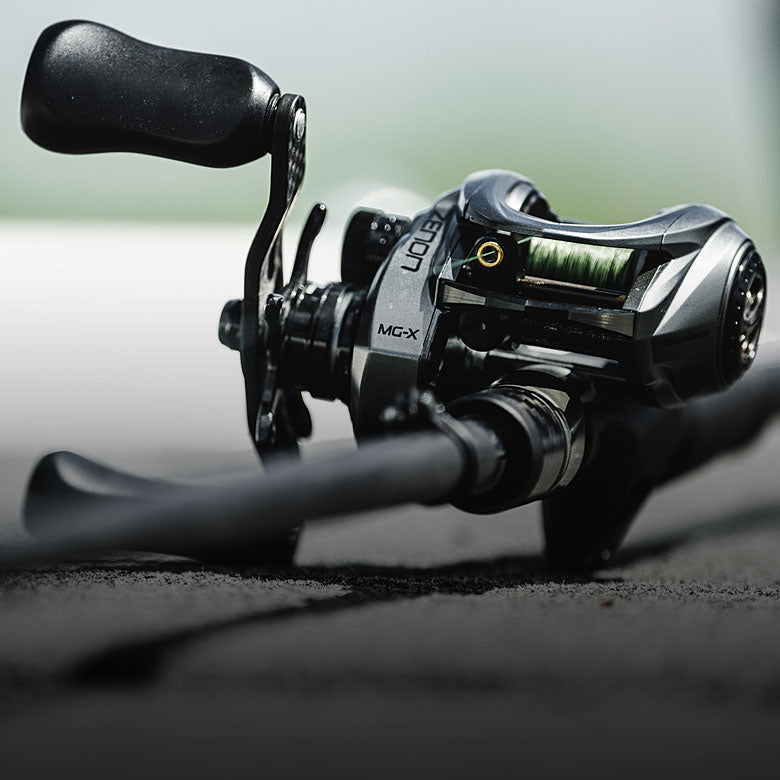
Fluorocarbon lines are nearly invisible in water, giving you an edge when fishing in clear conditions. This guide explains why...
Read More >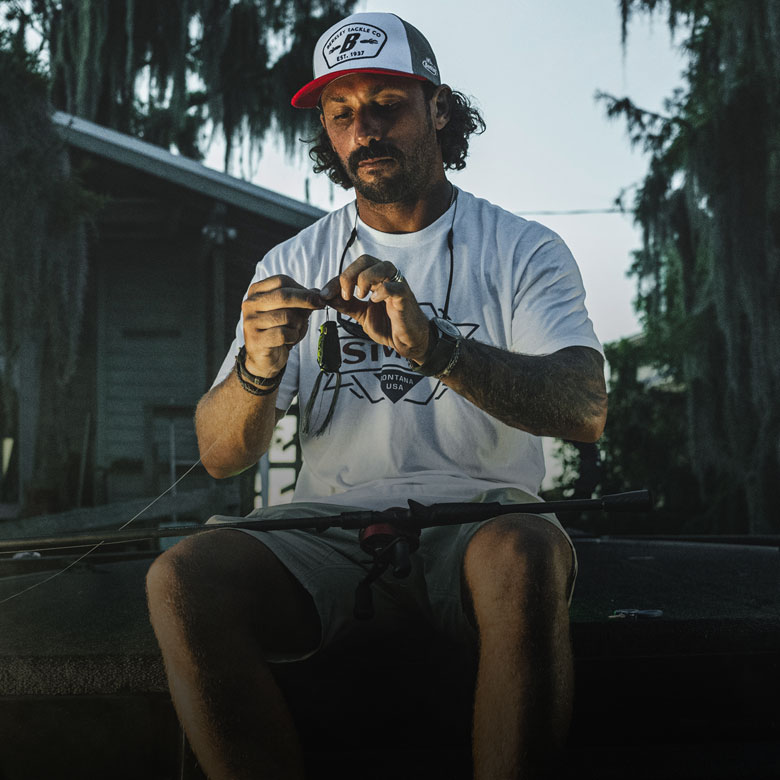
Learn how to tie essential fishing knots, ensuring your gear stays secure and you’re ready for whatever fish come your...
Read More >Showing 14 of 18